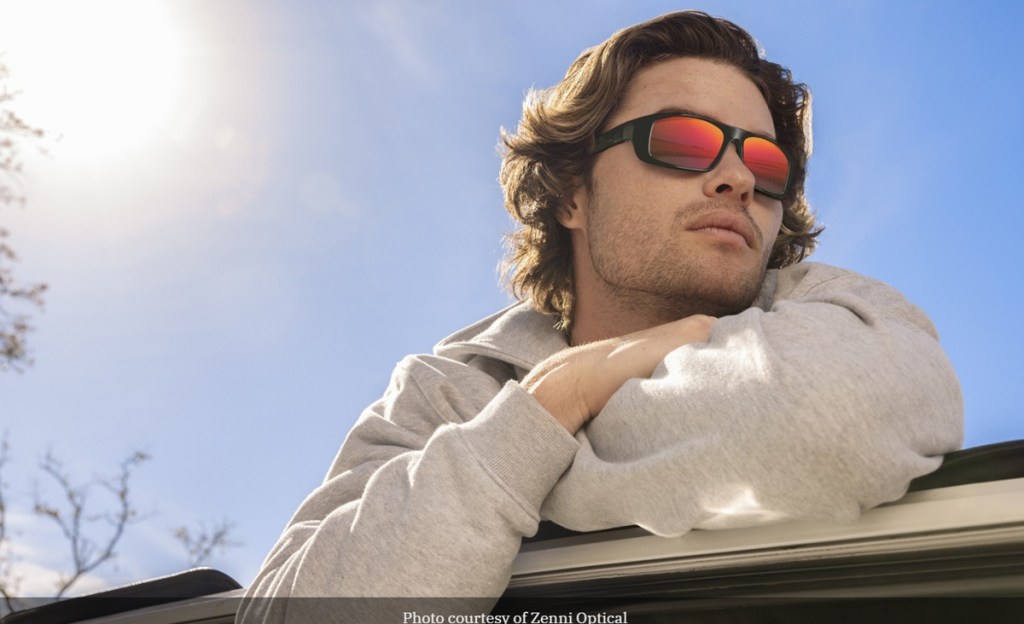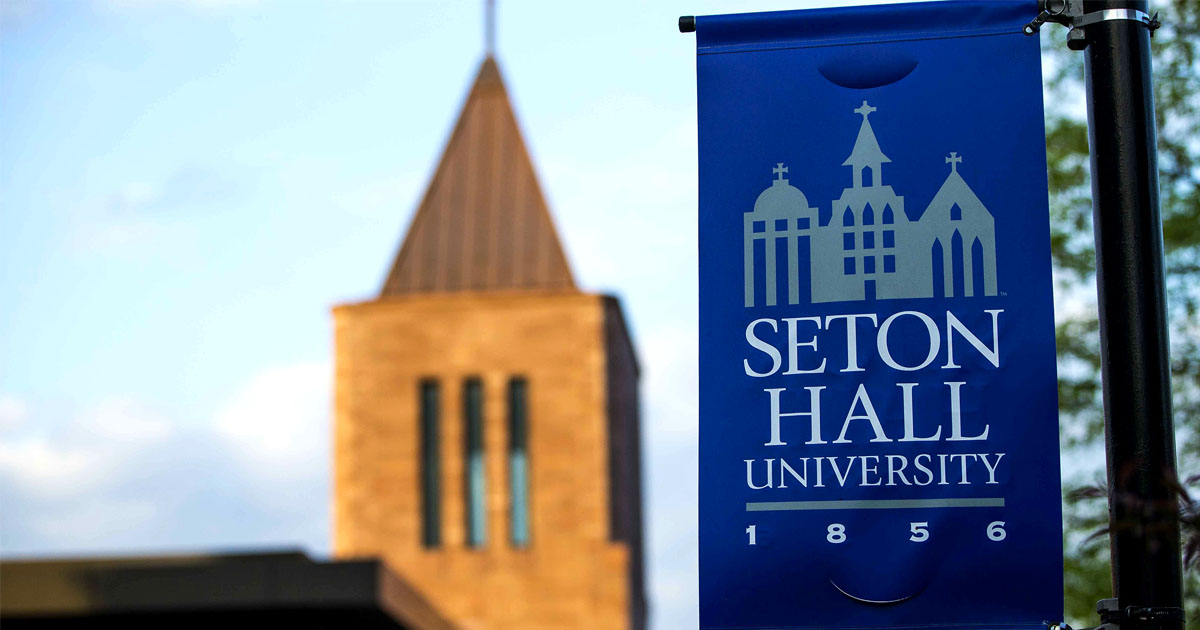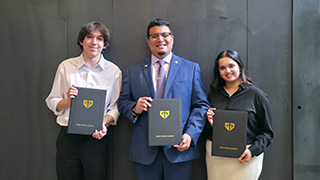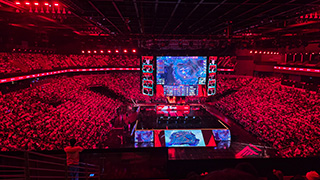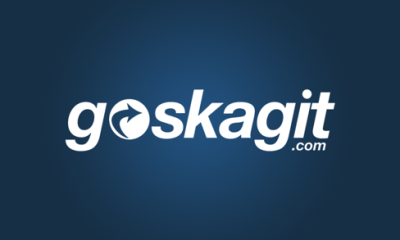The Esports World Cup Club Program is one of the most coveted systems in esports today, a prestigious circle that every professional team worldwide strives to join. Beyond the prestige, it offers significant financial and strategic benefits, but entry isn’t easy.
This year, only 40 teams made the cut, representing top-tier organizations from every corner of the globe, from Asia to South America. With such a diverse and elite lineup, we decided to take a closer look at who’s backing these teams. And the sponsorship landscape reveals some fascinating insights.
Which teams boast the highest number of partnerships? Which top organization surprisingly runs almost partner-free? And which brands lead the pack by partnering with the most teams? All this and much more is unpacked in our exclusive breakdown of the EWC 2025 Club Program sponsors.

Team sponsorship overview
One clear leader in the EWC 2025 Club Program is T1, boasting an impressive roster of 18 partners across various categories. They are followed by Team Vitality with 12 sponsors, then G2 Esports, Karmine Corp, and Team Liquid. Interestingly, while T1 represents Asia, the other top teams are European: though Team Liquid, despite its global reach including North America and Asia, is considered primarily European due to its headquarters.

A notable trend among bigger, more established teams is a clear differentiation in partnership tiers. For example, organizations like T1 and Natus Vincere distinguish between sponsors as partners, supporters or suppliers. T1 even categorizes its sponsors further into premier, lead, and main partners, reflecting different levels of involvement and support.
At the other end of the spectrum, India’s S8UL Esports has just one partner (iQOO), which was secured specifically for EWC, suggesting the team might be without sponsors post-event. Surprisingly, FaZe Clan, a highly renowned organization with numerous titles and seemingly abundant sponsorship opportunities, has only two partners: SteelSeries and Rollbit.
Some other interesting insights include:
-
The most sponsored North American team in the Club Program is 100 Thieves with 9 partners, while in South America it’s LOUD with 7.
-
Chinese teams predominantly work with local partners from China.
-
Similarly, teams from the MENA region mainly have sponsors from within MENA.
Brand partnerships: Who’s leading the game?
If the EWC 2025 Club Program teams are the stars on stage, then the brands behind them are the powerhouses working the spotlight. This year’s lineup of sponsors is impressively varied — we tracked 210 unique brands connected to the 40 participating teams, spread across 19 categories and even a few one-of-a-kind cases. One of the quirkiest? The lo-fi YouTube channel Lofi Girl, which partnered with French organization Gentle Mates.

The sponsorship mix shows just how wide esports’ commercial appeal has become. Endemic companies (particularly those in Electronics and Gaming Peripherals) are still the backbone of the scene, with 31 brands in this category alone. Food and Beverage comes in a close second at 28, showing how much lifestyle products have embedded themselves into esports culture.
Some trends stand out: the automotive industry has a surprisingly strong footprint, with more representatives than the gaming chair or general furniture sectors. Health-focused partnerships are also making a mark, and crypto-related sponsors, once seen as a fading trend, are clearly regaining ground.

When it comes to the most active brands, familiar names dominate. Red Bull is in a league of its own, backing 11 different Club Program teams in 2025.
They’re followed by peripheral giants Logitech G (7 teams), Razer (6), and Zowie (5). One of the bigger surprises is Visa, partnering with 4 teams, a tally higher than tech heavyweights like ASUS ROG, Blacklyte, or Samsung.
Regional sponsorship insights
Looking at sponsorships through a regional lens reveals clear differences in both scale and variety. European teams are the undisputed leaders, topping the charts not only in the number of sponsors, but also in the breadth of categories they cover. They feature partners across all 20 categories we identified and work with a remarkable 106 unique brands.
Asia trails behind Europe slightly, but not by much: teams from the region boast 84 unique brands across 18 categories. The diversity here is partly driven by the presence of Chinese organizations, whose sponsorship portfolios often consist almost entirely of domestic brands, giving the region a distinct local flavor.

South America and MENA lag behind in total sponsorship count, though it’s worth noting they also have fewer teams in the Club Program compared to Europe and Asia.
Several trends stand out across regions:
-
Betting and gambling sponsors appear predominantly with teams from Europe and South America, where regulations are less restrictive.
-
Web3 and crypto sponsors, the fifth most popular category overall, are notably absent from South American and MENA teams.
-
Smartphone manufacturers tend to focus their partnerships on Asian teams — unsurprising given the region’s strong mobile gaming culture.
-
Asia also leads in the number of partnerships in Electronics / Gaming Peripherals, the single most popular sponsor category in the Club Program.
The EWC 2025 Club Program’s sponsorship map offers more than just a collage of brand logos, it’s a readout of each team’s audience strategy. From Red Bull’s dominance among energy drink fans to the influx of lifestyle, automotive, and niche cultural brands, these partnerships reveal who teams are trying to reach, which markets they’re betting on, and how the esports economy is shifting in real time.

